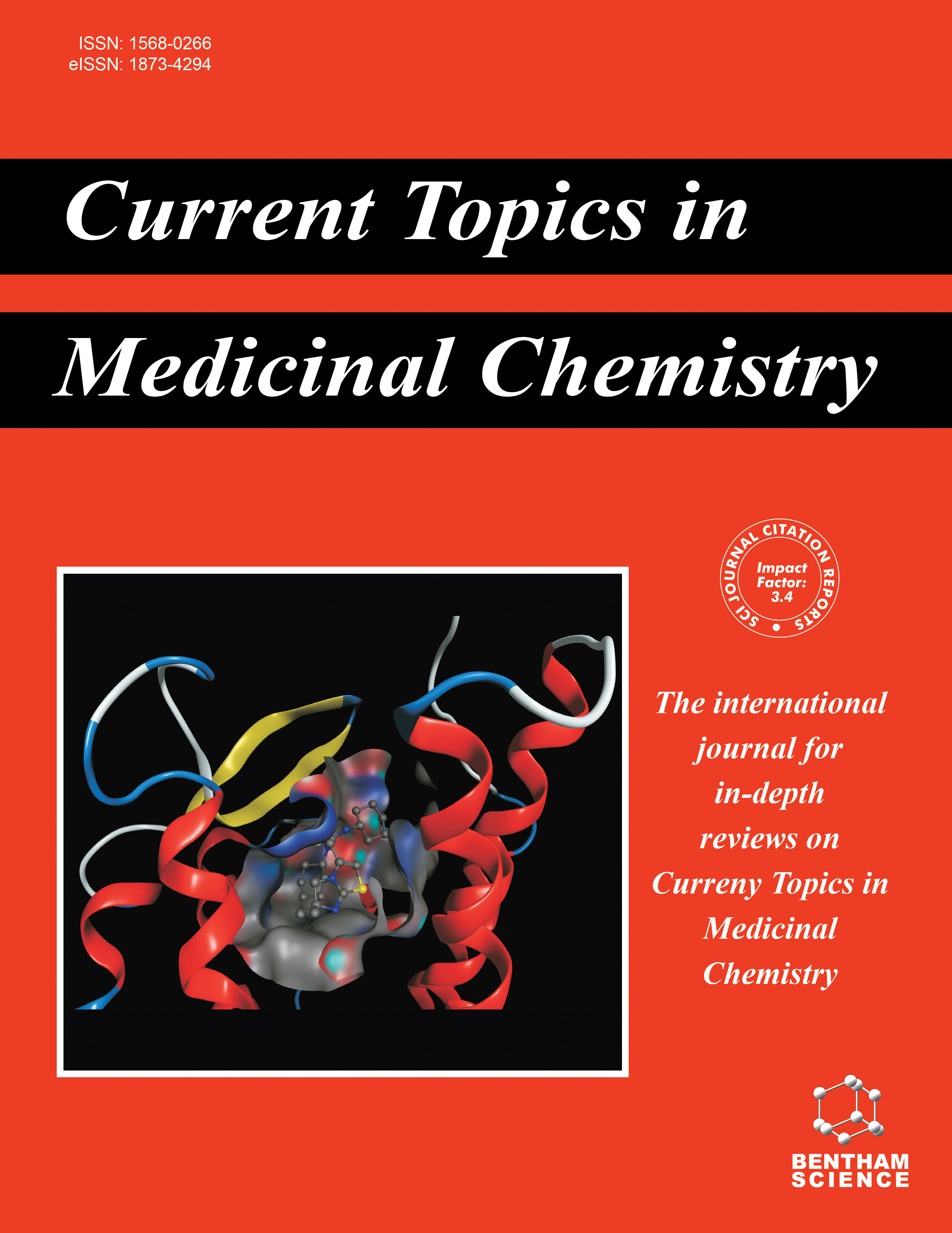
Full text loading...

Schizophrenia is a heterogeneous chronic brain disorder driven by multiple pathophysiological processes. While dopaminergic theories dominate current therapies, emerging evidence highlights glutamatergic dysregulation, particularly N-methyl-D-aspartate receptor (NMDAR) hypofunction, as a key mechanism alongside dopaminergic, serotonergic, and neurodevelopmental pathways. This article synthesizes mechanistic insights, focusing on neurotransmitter disruptions, oxidative stress, neuroinflammation, and Wnt signaling, to elucidate the clinical diversity of schizophrenia and identify biomarkers for precise diagnostics and therapeutics.
A comprehensive literature search was conducted using Web of Science, Scopus, Google Scholar, and PubMed, with keywords including “schizophrenia,” “psychosis,” “pathophysiology,” “mechanism,” and “biomarker.” Studies were selected to explore NMDAR hypofunction, glutamatergic dysregulation, and associated signaling pathways, integrating preclinical and human data to map circuit-based interactions and biomarker profiles.
We present a novel circuit-based model of schizophrenia pathophysiology, centered on NMDAR hypofunction and glutamatergic dysregulation, integrating dopaminergic, GABAergic, and inflammatory pathways. Key biomarkers, including inflammatory (e.g., high-sensitivity C-reactive protein [hs-CRP], interleukin-6 [IL-6]), neurochemical (e.g., brain-derived neurotrophic factor [BDNF]), and functional (e.g., mismatch negativity [MMN]), are categorized by symptomatic domains and clinical stages, providing diagnostic and prognostic insights.
The findings underscore NMDAR hypofunction’s role in driving schizophrenia’s symptomatic spectrum, though its interplay with other pathways highlights the disorder’s complexity. Neuronal loss, although not universal, is context-specific (e.g., hippocampal interneurons), complementing functional biomarkers such as MMN. Limitations include the need for robust human validation of biomarkers and broader exploration of non-glutamatergic mechanisms.
Considering the multifaceted nature of the disorder, our emphasis on the NMDAR hypofunction model can help explain many of the synergies involved among the seemingly independent dysregulated events.

Article metrics loading...

Full text loading...
References


Data & Media loading...